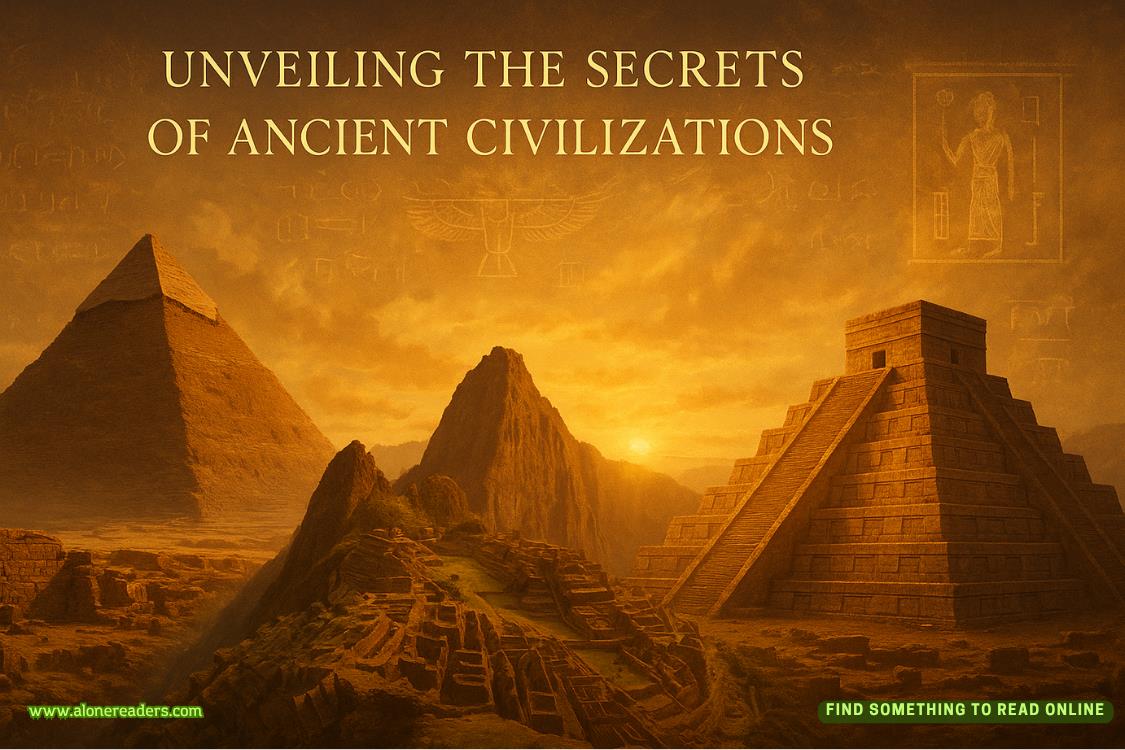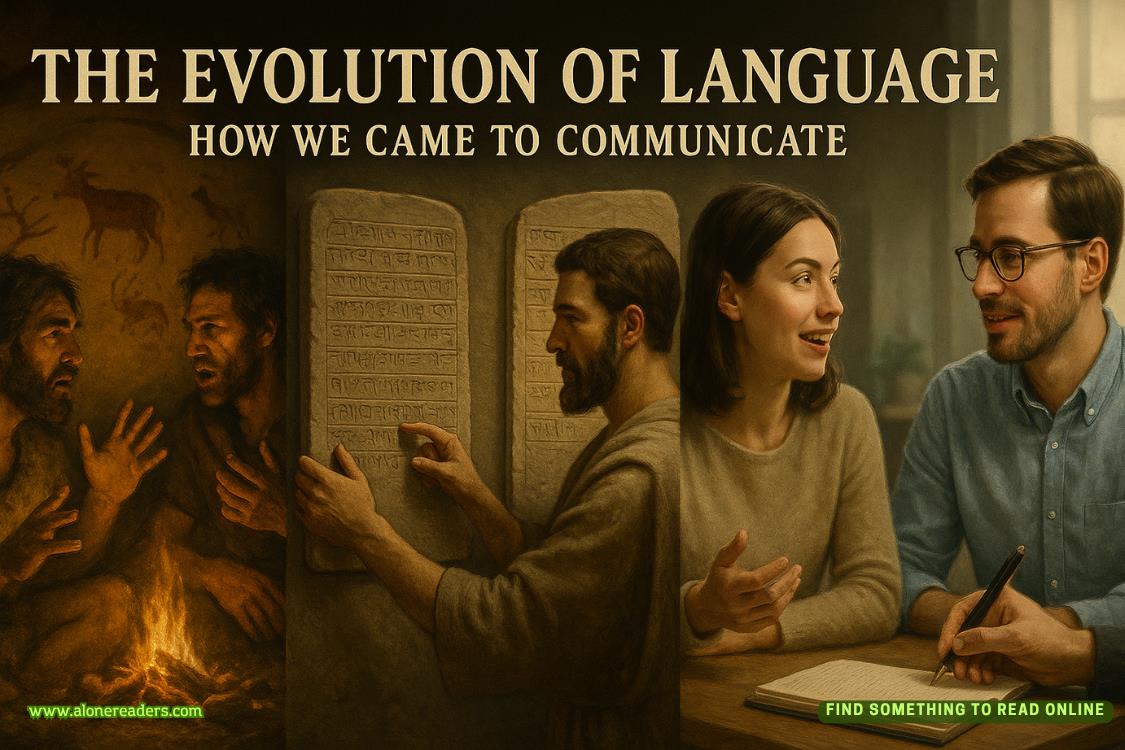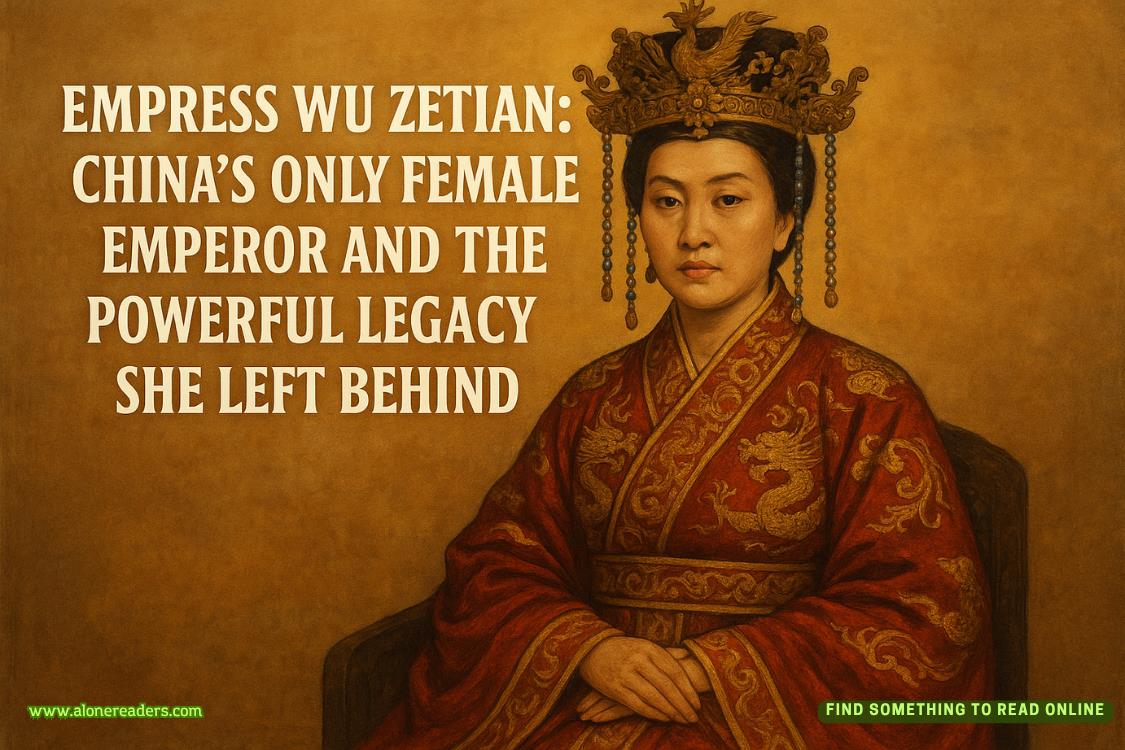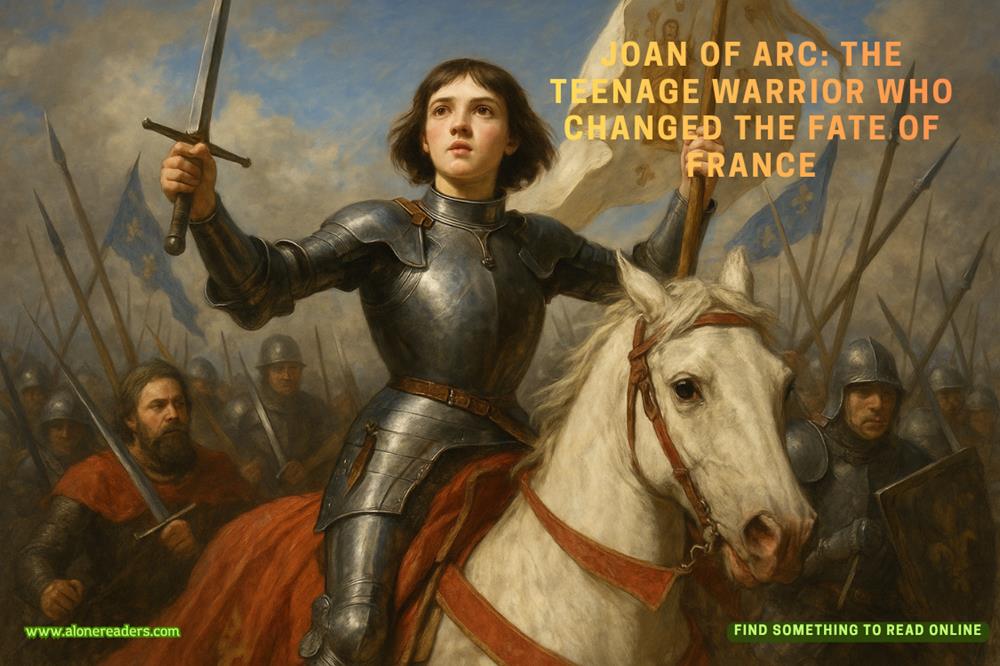Page 46 of Naga's Mate
His tongue darts out, sampling my emotional signature in the air between us. Whatever he detects causes his scales to shift in patterns I've learned indicate complex feelings rather than simple dominance or possession.
"The beginning does not dictate the entire narrative," he says after a moment, reaching out one scaled hand to hover above my abdomen, not quite touching, waiting for permission. "Origins matter, but evolution matters more."
I find myself leaning into his touch, allowing his palm to rest against the place where our child grows. His skin is cooler than mine, the scales smooth against my overheated flesh. When his eyes meet mine, there's something beyond the expected alpha possessiveness—a genuine wonder that mirrors the confusing warmth still spreading through my chest.
"This time is different," he states, and the simple truth of it breaks something loose inside me.
"Yes," I whisper, letting the admission escape like a long-held breath. "This time is completely different."
* * *
Our research shifts dramatically over the following weeks, lab work reconfigured around a single overwhelming priority: ensuring this hybrid pregnancy succeeds where the first one failed. Though the circumstances of termination were entirely different, we're both haunted by the same knowledge—nagas and humans aren't naturally compatible, their offspring representing evolutionary gymnastics that require precise chemical support.
"The vascular development is the primary challenge," I explain to Nezzar as we review the latest scans together. My enhanced senses, fully restored since our heat-claiming, allow me to detect subtle molecular interactions invisible to normal human perception. Where before I would have seen simple cellular structures, now I perceive complex chemical choreography—nutrients exchanging, hormones signaling, genetic code expressing in real-time.
"Human capillaries can't support naga offspring's oxygen requirements," he agrees, his own specialized vision detecting patterns complementary to mine. "But these readings suggest adaptation is already occurring."
I glance down at my abdomen, where subtle scale-like patterns have begun appearing beneath my skin—faint iridescent outlines just beginning to emerge in symmetrical patterns along my sides. Not scales in the traditional sense, but something new—hybrid structures that indicate my body's attempt to bridge the gap between our species.
"The placental interface is developing specialized transfer cells," I note, adjusting the scanner for deeper imaging. "Similar to what happens in high-altitude human pregnancies, but with significant modifications."
Together, we track the development with scientific precision, cataloging every variation from both human and naga norms. What began as simple monitoring evolves into groundbreaking research, our combined perspectives creating insights neither species could achieve independently.
When Nezzar brings a rare flowering specimen from the restricted greenhouse—a plant known for its ability to enhance oxygen transfer in aquatic environments—I immediately understand his thinking.
"The molecular structure could be modified," I murmur, already reaching for extraction tools. "If we isolate the compound that stimulates red blood cell production..."
"And combine it with the vasodilating properties of naga healing compounds..."
We finish each other's scientific hypotheses like other couples finish each other's sentences. It would be adorable if it weren't so fundamentally weird.
Within weeks, we've developed a specialized nutritional supplement that supports the hybrid embryo's unique needs. The scale-like patterns on my skin respond immediately, darkening and spreading in delicate fractal formations that follow my major blood vessels.
"Remarkable adaptation," Nezzar observes one evening, his fingers tracing the patterns with scientific curiosity and something that feels dangerously close to reverence. "Your body is creating a hybrid vascular system to support our offspring."
"Evolutionary biology at its most efficient," I respond, trying to maintain scientific detachment despite the way his touch sends warmth spreading through me. "Chemical markers in the embryo's developing cells trigger adaptive responses in maternal tissues."
He looks up from his examination, golden eyes meeting mine with unexpected humor. "Only you would describe your own unprecedented biological transformation with such clinical precision."
"It's easier than addressing the existential implications," I admit, surprising myself with the honesty. "Science is safer than... feelings."
His scales ripple in acknowledgment, understanding passing between us without words. We've both become experts at using research to process complex emotions neither of us has adequate vocabulary to express.
* * *
Word of our breakthrough spreads through naga scientific channels with unexpected speed. Four months into my pregnancy, we receive notification that specialists from the central medical authority will be visiting to observe our protocols firsthand.
"This is unprecedented," Nezzar explains as we prepare the laboratory for inspection. "The Central Medical Council rarely takes interest in regional research, particularly involving human subjects."
"You mean human breeding vessels," I correct automatically, though the sarcasm lacks its usual bite.
"I mean scientific collaborators," he counters, his tone leaving no room for argument. "Your contributions to these protocols are being recognized explicitly in the official documentation."
I pause in my preparations, genuinely surprised. "That's not standard practice under Conquest Law."
"No," he agrees, scales shifting in what I've learned indicates satisfaction. "It is not."
When the visitors arrive—three senior naga specialists with scale patterns indicating high authority in their hierarchy—I brace myself for dismissal or, at minimum, being addressed only through Nezzar as my alpha. Instead, I'm immediately included in the scientific discussion, my observations requested directly, my expertise acknowledged without qualification.















